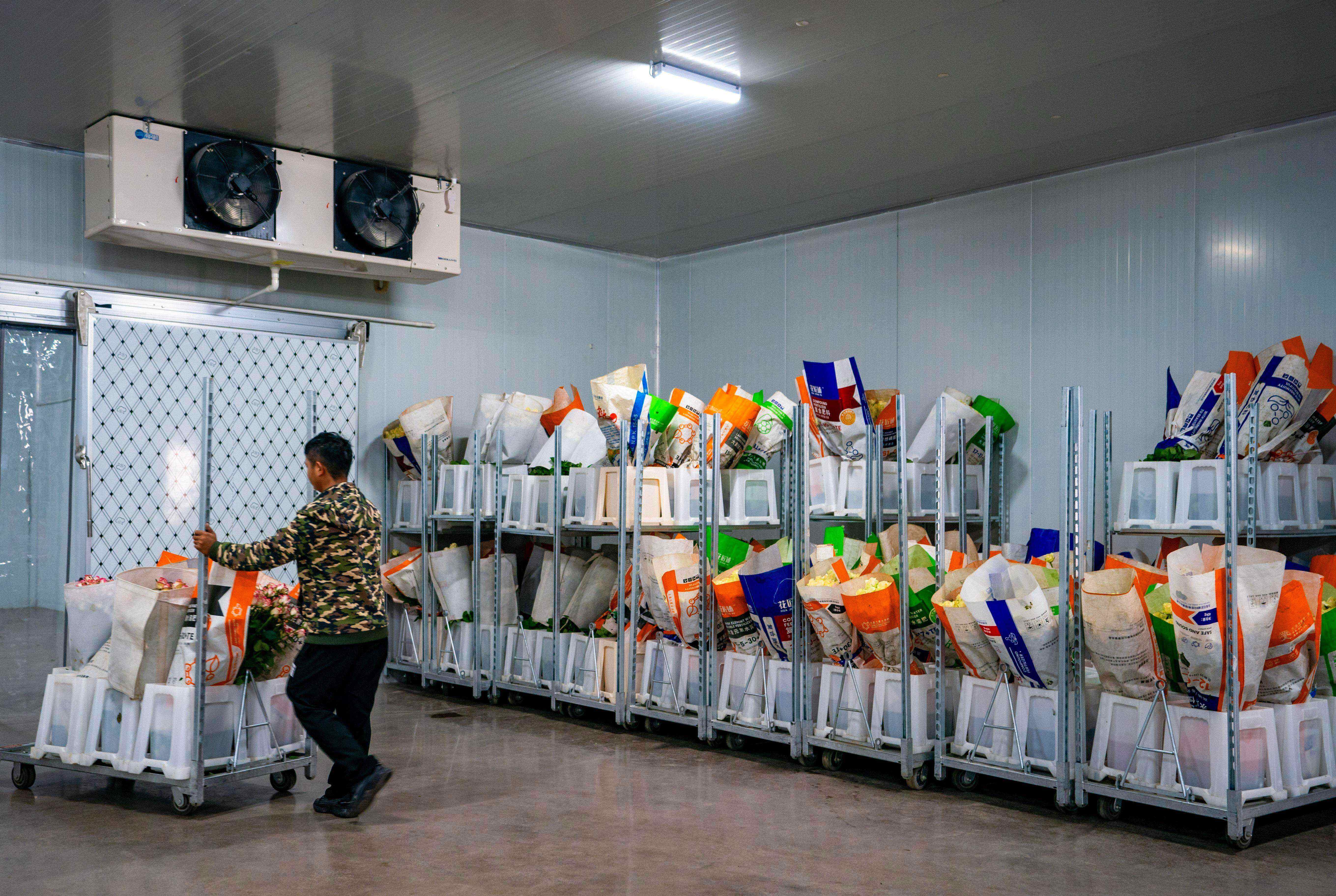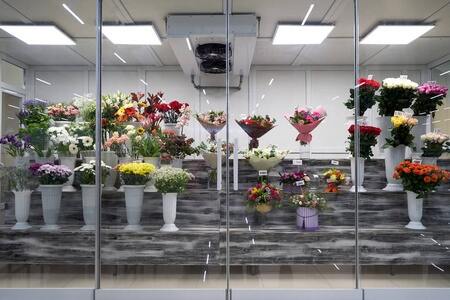Preservation of ornamental flowers
Ornamental plants and flowers are grown and sold primarily for decorative use, valued for their appealing features like blooms, foliage, scent, and stems. They’re woven into the fabric of our most heartfelt moments—births, weddings, anniversaries, birthdays, and even farewells to loved ones, standing as silent witnesses to life’s milestones.When we snip flowers from a garden or a pot, our first instinct is to keep them looking fresh, vibrant, and lively for as long as possible. Most folks plop them in a vase of water, but let’s be honest—this only buys a few extra hours before they start to wilt.
In the flower trade, one of the biggest headaches is keeping blooms fresh during global shipping. The moment a flower is cut from its plant, it starts a natural decline, which quickly ruins its looks and market value. Even small shifts in the environment can damage petals, slashing the flower’s worth. And extreme cold or sudden temperature swings? They’re just as bad for the flowers.
Why keep flowers in cold room?

Growers, harvesters, florists, and everyone in the flower business rely on specialized cold rooms to keep their stock fresh. These refrigerated spaces help maintain the quality of floral arrangements, ensuring customers get the best possible product.
Here’s why cold storage matters for flowers:
- It extends their lifespan significantly.
- Slows down their respiration rate.
- Cuts down on water loss through transpiration.
- Limits the spread of harmful microorganisms.
- Makes them less sensitive to ethylene gas—the natural “aging hormone” in plants.
Cold rooms for ornamental flowers need sensors to monitor both temperature and humidity. These two factors are critical for keeping flowers looking their best and delaying decay, essentially mimicking their ideal natural environment.
INTARCON’s high-humidity cold room systems
Freezing flowers is just as bad as letting them rot naturally—too low a temperature causes irreversible damage. That’s why flower cold rooms are set to temperatures just above freezing. While it can vary based on the flower type, climate, room size, and how quickly stock turns over, most stay between 1°C and 10°C.
Humidity levels also vary, and some cold rooms have special sprinklers or humidifiers to keep finished arrangements in top shape.
Another thing to consider? The doors. They need to be tailored to how often they’re opened each day, fitting the needs of the specific setup.
Let’s break down how temperature and humidity affect flower preservation.
The best temperature for keeping flowers fresh
The ideal temperature depends on the type of flower. A well-tuned cold room can double or even triple a flower’s freshness compared to room temperature—for some species, that means staying fresh for up to 21 days.
For cut flowers, the storage temperature should usually be between 1°C and 3°C. And it helps to keep them in containers with fresh, clean, bacteria-free water to prevent petals and leaves from dropping off.
Just to put it in perspective: a bridal bouquet sitting in 30°C heat will age 40 times faster than the same bouquet stored at 2°C.

Why humidity is key for flower preservation
Humidity is another big player—most flowers thrive in environments with 80% to 95% relative humidity, though this can change depending on the type. If the humidity in the cold room drops below 70%, some flowers’ petals will dry out and lose their appeal.
Take carnations, for example. They last two to three times longer in a humidity-saturated space (90%-95%) than in a drier one (80%-90%). High humidity is also key for getting carnations and chrysanthemums—cut when they’re still buds—to open up beautifully. In dry packaging (like with absorbent sponges), using moisture-proof containers makes it easy to keep humidity high, since the air around the flowers quickly becomes saturated.
Refrigeration gear for flower preservation
INTARCON offers specialized solutions for controlling temperature and humidity in cold rooms, thanks to their high-humidity refrigeration systems.
These setups include low-noise or centrifugal condensing units paired with dual-airflow evaporators, all designed to maintain high relative humidity. The evaporator uses oversized coils to deliver double airflow, keeping the cold room’s humidity around 95%. This stops flowers from losing moisture—and from wilting—so they stay fresh longer.

 07.26, 2025
07.26, 2025